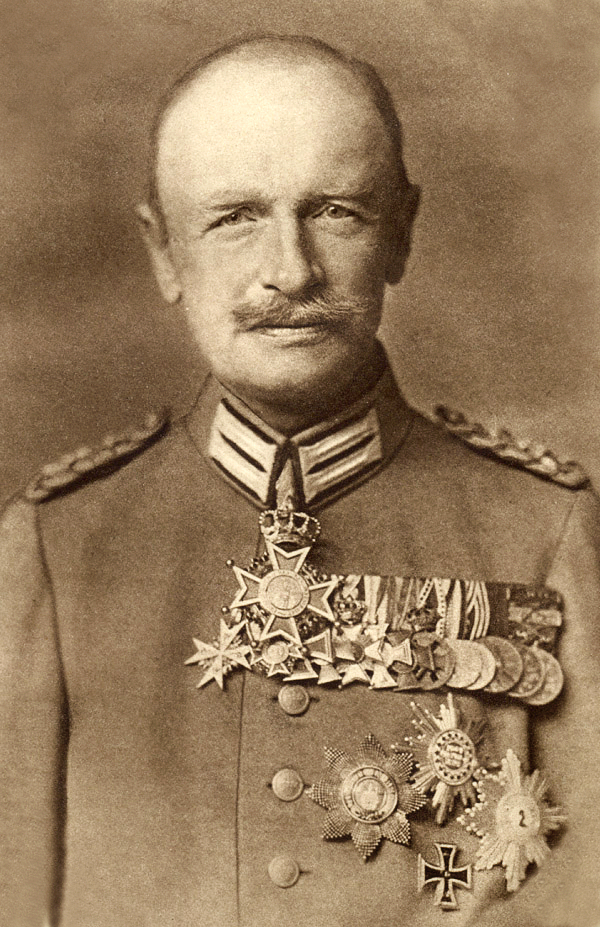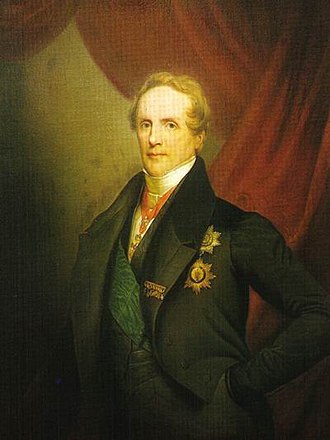by Scott Mehl © Unofficial Royalty 2017

Luise of Austria, Crown Princess of Saxony. source: Wikipedia
Archduchess Luise of Austria, Princess of Tuscany, was the wife of King Friedrich August III, the last King of Saxony. She was born in Salzburg, Austria on September 2, 1870, and given the following names – Luise Antoinette Maria Theresia Josepha Johanna Leopoldine Caroline Ferdinande Alice Ernestine. Luise was the second child of Ferdinando IV, the last Grand Duke of Tuscany, and his second wife, Princess Alicia of Bourbon-Parma.
Luise had one half-sister from her father’s first marriage to Princess Anna of Saxony, who died in 1859:
- Archduchess Maria Antonia (1858 – 1883), unmarried
Luise had nine siblings:
- Archduke Leopold Ferdinand (1868-1935) – married (1) Wilhelmine Adamovicz, no issue; (2) Maria Magdalena Ritter, no issue; (3) Clara Hedwig Pawlowski, no issue
- Archduke Josef Ferdinand (1872-1942) – married (1) Rosa Kaltenbrunner, no issue; (2) Gertrud Tomanek, had issue
- Archduke Peter Ferdinand, Prince of Tuscany (1874-1948) – married Maria Cristina of Bourbon-Two Sicilies, had issue
- Archduke Heinrich Ferdinand (1878-1969) – married Maria Ludescher, had issue
- Archduchess Anna Maria Theresia (1879-1961) – married Johannes, Prince of Hohenlohe-Bartenstein, had issue
- Archduchess Margareta (1881-1965) – unmarried
- Archduchess Germana (1884-1955) – unmarried
- Archduke Robert (1885-1895) – died in childhood
- Archduchess Agnes (1891-1945) – unmarried

Friedrich August. source: Wikipedia
In her youth, Luise was seen as a potential bride by several foreign royals, including the future King Ferdinand I of Bulgaria, and Prince Pedro Augusto of Saxe-Coburg and Gotha, a grandson of Emperor Pedro II of Brazil, but the spoiled young Luise found no attraction to any of them. Then, in the summer of 1887, she met Prince Friedrich August of Saxony at Pillnitz Castle. in Dresden, Kingdom of Saxony, now in the German state of Saxony. He was the son of the future King Georg of Saxony and Infanta Maria Ana of Portugal. The two fell in love and married in Vienna, Austria on November 21, 1891. They went on to have six children:
- Crown Prince Georg (1893-1943) – became a priest and renounced his succession rights
- Prince Friedrich Christian, Margrave of Meissen (1893-1968) – married Princess Elisabeth Helene of Thurn and Taxis, had issue
- Prince Ernst Heinrich (1896-1971) – married (1) Princess Sophie of Luxembourg, had issue; (2) Virginia Dulon, no issue
- Princess Maria Alix Karola (1898) – stillborn
- Princess Margarete Karola (1900-1962) – married Friedrich, Prince of Hohenzollern, had issue
- Princess Maria Alix (1901-1990) – married Franz Joseph, Prince of Hohenzollern-Emden, had issue
- Princess Anna Monika Pia (1903-1976) – married (1) Archduke Josef Franz of Austria, (2) Reginald Kazanjian, no issue

Luise and Friedrich August with some of their children, c1901. source: Wikipedia
From the beginning of her marriage, Luise was unhappy. She was unwilling to conform to the strict Saxony court which often caused conflicts with her father-in-law and others in the royal family. However, she was immensely popular with the people of Saxony and often overshadowed other members of the family which further added to their frustration with her. She sought refuge in several affairs, including her children’s French tutor, André Giron. Her affair with Giron was discovered when a telegram she sent him was intercepted.
This was the last straw for her father-in-law, who threatened to have her committed to a mental asylum. With the help of two of her maids, Luise, pregnant with her youngest child, fled Dresden and headed toward Lake Geneva where she met her brother Leopold Ferdinand, before reconnecting with André Giron. As news of the scandal reached Saxony, Luise’s in-laws were hurt, embarrassed, and angry. King Georg established a special court to end the marriage between Luise and Friedrich August. Meanwhile, Luise and Giron stayed in Geneva, and were often seen in public. Their relationship ended just a few days before Luise’s divorce was announced on February 11, 1903.
When her daughter Anna Monika Pia was born several months later, the child’s paternity was questioned. After an examination by a maternity doctor from Dresden, he stated that the baby was, in fact, the child of the Crown Prince. Friedrich August willingly acknowledged the child as his own. In July 1903, King Georg granted Luise an allowance and the title Countess of Montignoso. In exchange, he demanded that the child be brought back to Dresden to be raised with the other children. Luise, of course, refused.
Over the next year, Luise moved frequently, living in France, England, Switzerland, and Italy. She tried to negotiate an increase in her allowance in exchange for returning her daughter. However, at the last minute, she changed her mind.
In September 1907, Luise married for a second time. Her new husband was Enrico Toselli, an Italian musician, twelve years younger. They had a son Carlo, born in May 1908. Soon after this marriage, her first husband found their daughter and had her brought back to Dresden. Luise also separated from her second husband, and they were divorced four years later.
Luise caused even more of a scandal in 1911 when her memoirs were published, detailing her time in Saxony, her marriage, and her fall from grace. She blamed her father-in-law and the Saxon courtiers who feared her influence when she became Queen. She claimed that the royal family was jealous of her popularity, a fact that is without question. As Crown Princess, Luise was immensely popular with the Saxon people, partially because she refused to conform to the strict etiquette and protocol of the Court. While her book brought her much sympathy and support, it also brought her further rejection. Many, particularly in royal circles, felt that she brought disgrace to the monarchy by airing her dirty laundry in such a manner.
After World War I, Luise found herself virtually penniless. She had lost all of her Austrian titles and assets upon her second marriage, and with the end of the Austrian Empire, lost the little financial support that she had continued to receive from a few relatives. She spent some time living in Spain with an uncle before moving to Belgium where she spent the remainder of her life.

Church of the Redeemer, Hedinger Monastery, Sigmaringen. photo by Andrzej Otrębski – Own work, CC BY-SA 4.0, https://commons.wikimedia.org/w/index.php?curid=38409030
The former Crown Princess Luise of Saxony, Archduchess of Austria and Princess of Tuscany died in Brussels, Belgium on March 23, 1947. At the time, she was working as a flower seller to survive. Her urn was placed in the Hedingen monastery in Sigmaringen in the German state of Baden-Württemberg, the traditional burial place of the House of Hohenzollern.
This article is the intellectual property of Unofficial Royalty and is NOT TO BE COPIED, EDITED, OR POSTED IN ANY FORM ON ANOTHER WEBSITE under any circumstances. It is permissible to use a link that directs to Unofficial Royalty.
Saxony Resources at Unofficial Royalty





















